我用英文比较好

希望您们看得明白

Tensor Flow Playground!
For those who are interested in the basic of deep learning of Tensor Flow, here's a trial for you!
For people like me, there's an awesome tool to help you grasp the idea of neural networks without any hard math: TensorFlow Playground, a web app written in JavaScript that lets you play with a real neural network running in your browser and click buttons and tweak parameters to see how it works.
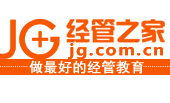
Let the computer solve the problem
Computer programming requires a programmer. Humans instruct a computer to solve a problem by specifying each and every step through many lines of code. But with machine learning and neural networks, you can let the computer try to solve the problem itself. A neural network is a function that learns the expected output for a given input from training datasets.
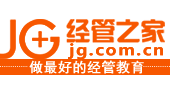
A neural network is a function that learns from training datasets (From: this particular problem. On the Playground, click the Play button in the upper left corner. The line between blue and orange data points begins to move slowly. Hit the reset button and click play again a few times to see how the line moves with different initial values. What you're seeing is the computer trying to find the best combination of weights and threshold to draw the straight line between two groups.
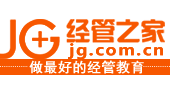
A simple classification problem on TensorFlow Playground.
TensorFlow Playground is using a single artificial neuron for this classification. What's an artificial neuron? It’s an idea inspired by the behavior of biological neurons in the human brain.

The network between biological neurons (From: Wikipedia)
For a detailed description about the mechanism of a biological neural network, visit the Wikipedia page: each neuron gets excited (activated) when it receives electrical signals from other connected neurons. Each connection between neurons has different strengths. Some connections are strong enough to activate other neurons whereas some connections suppress activation. Together, the hundreds of billions of neurons and connections in our brain embody human intelligence.

x1 and x2 are the input values, and w1 and w2 are weights that represent the strength of each connection to the neuron. b is the so-called bias, representing the threshold to determine whether or not a neuron is activated by the inputs. This single neuron can be calculated with the following formula.
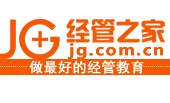
Yes, that's exactly the same formula we used for classifying the datasets with a straight line. And actually, that's the only thing an artificial neuron can do: classify a data point into one of two kinds by examining input values with weights and bias. With two inputs, a neuron can classify the data points in two-dimensional space into two kinds with a straight line. If you have three inputs, a neuron can classify data points in three-dimensional space into two parts with a flat plane, and so on. This is called "dividing n-dimensional space with a hyperplane."
A neuron classifies any data point into one of two kinds
Using a single neuron to perform image recognitionHow can a "hyperplane" solve everyday problems? As an example, imagine you have lots of handwritten text images like below.

Pixel images of handwritten texts (From: MNIST For ML Beginners, tensorflow.org)
You can a train single neuron to classify a set of images as "images of number 8" or "other images."
How do you do that? At first, you need to prepare tens of thousands of sample images for training. Let’s say a single image has 28 x 28 grayscale pixels; it will fit to an array with 28 x 28 = 784 numbers. Given 55,000 sample images, you'd have an array with 784 x 55000 numbers.
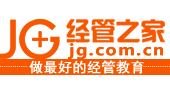
For each sample image in the 55K samples, you input the 784 numbers into a single neuron, along with the training label as to whether or not the image represents an "8."

As you saw on the Playground demo, the computer tries to find an optimal set of weights and bias to classify each image as an "8" or not.
After training with the 55K samples, this neuron will have generated a set of weights such as the ones below, where blue represents a positive value and red is a negative value.

That's it. Even with this very primitive single neuron, you can achieve 90% accuracy when recognizing a handwritten text image1. To recognize all the digits from 0 to 9, you would need just ten neurons to recognize them with 92% accuracy.
Again, the only thing this neuron can do is classify a data point as one of two kinds: "8" or not. What qualifies as a “data point" here? In this case, each image contains 28 x 28 = 784 numbers. In mathematical parlance, you could say that each image represents a single point in 784-dimensional space. The neuron divides the 784-dimensional space into two parts with a single hyperplane, and classifies each data point (or image) as "8" or not. (Yes, it's almost impossible to imagine what that dimensional space and hyperplane might look like. Forget about it.)
How do you train a neural network?
As you can see a neural network is a simple mechanism that’s implemented with basic math. The only difference between the traditional programming and neural network is, again, that you let the computer determine the parameters (weights and bias) by learning from training datasets. In other words, the trained weight pattern in our example wasn’t programmed by humans.

 因字数限制,以上是节录,这是
因字数限制,以上是节录,这是原文
。
 新手发文~希望您们喜欢~谢谢!
Feel free to ask me any question regarding this :)
新手发文~希望您们喜欢~谢谢!
Feel free to ask me any question regarding this :)

 扫码加好友,拉您进群
扫码加好友,拉您进群